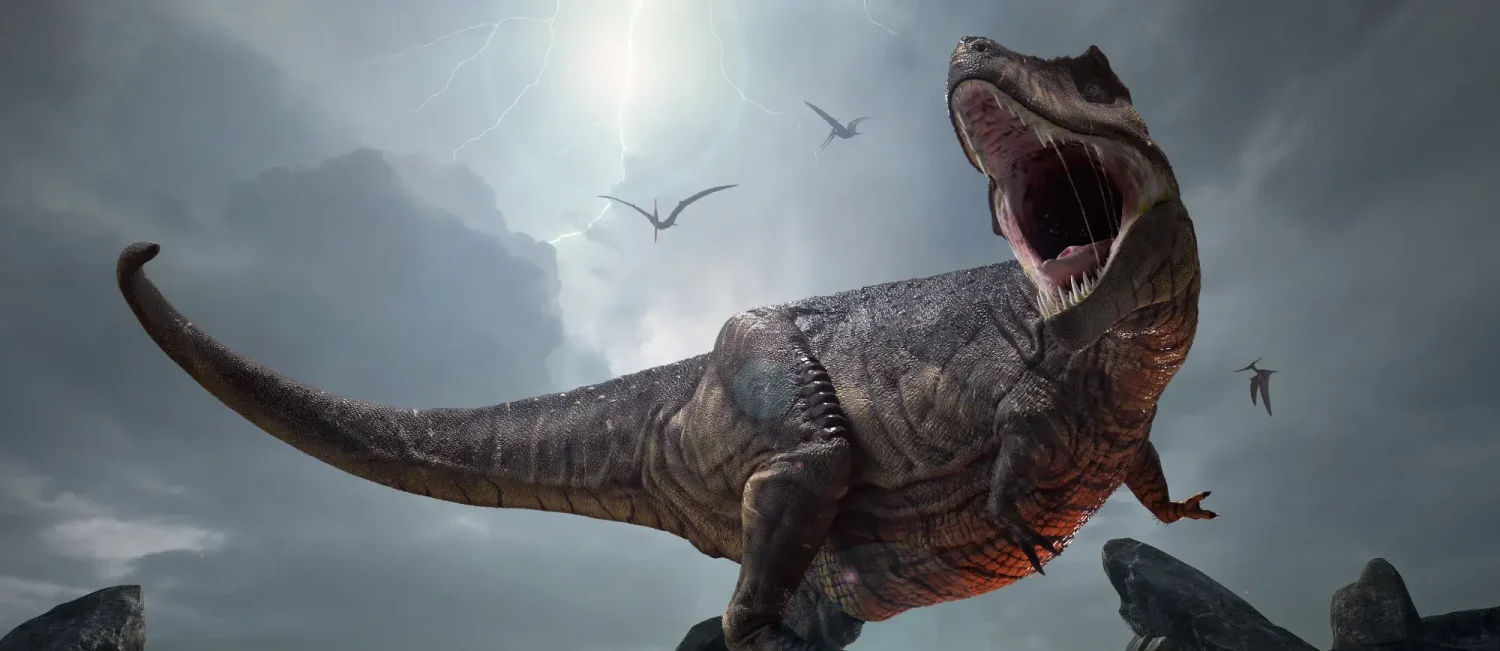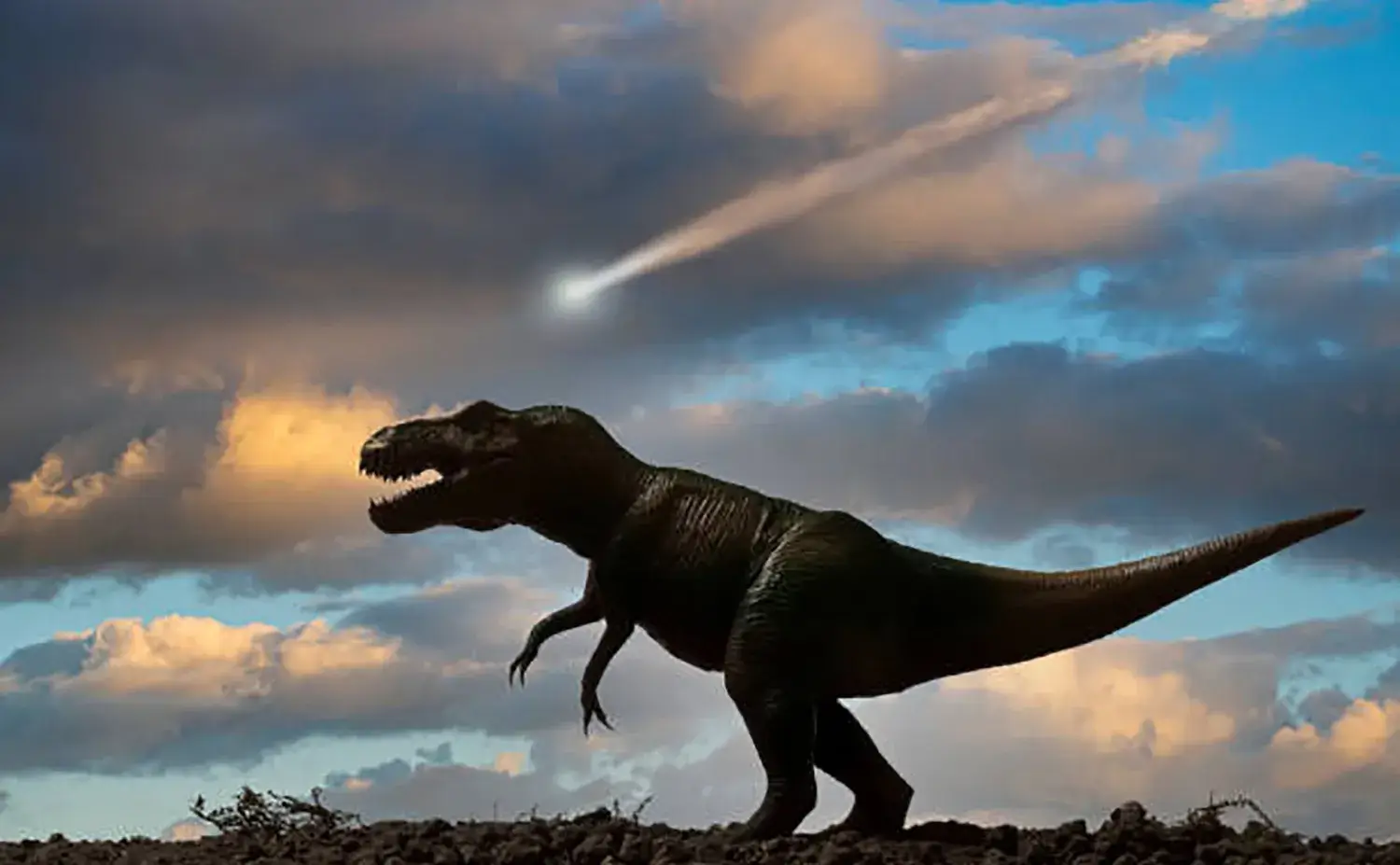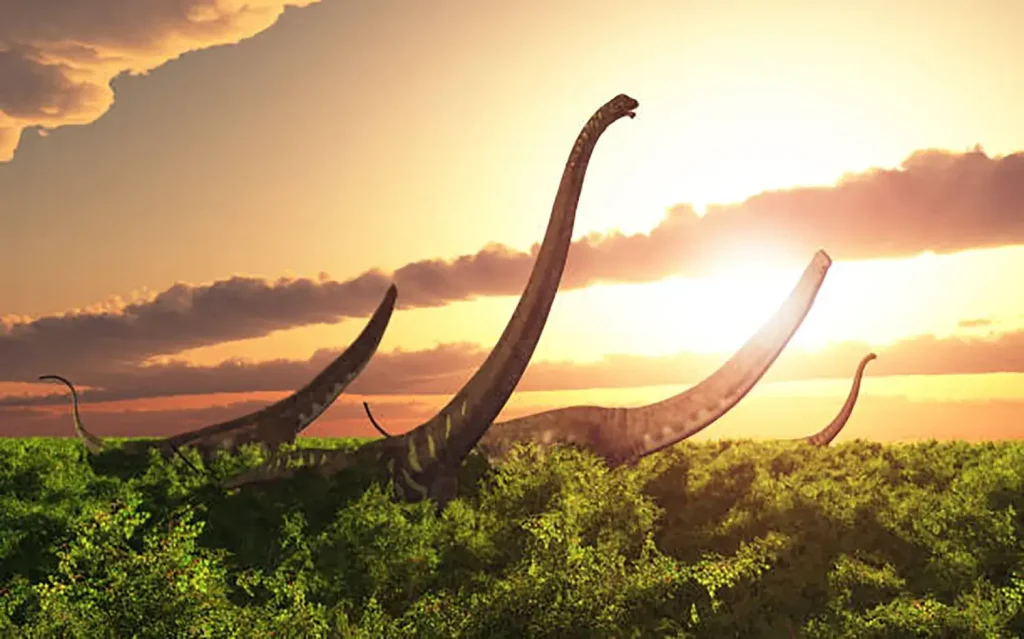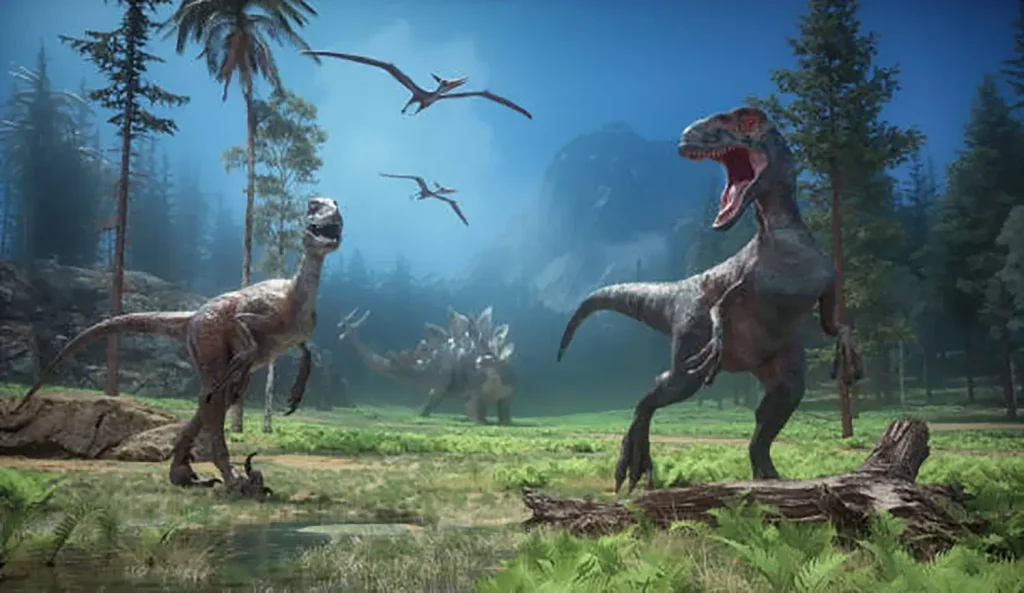Did the Dinosaurs Go Extinct? The Truth Unraveled by the Latest Research

The gigantic dinosaurs that we all picture vanished at the end of the Cretaceous period, about 66 million years ago.
This mass extinction is known as the K-Pg Boundary Event, as it marks the boundary between the Cretaceous and the subsequent Paleogene period.
However, recent research is challenging the traditional view that dinosaurs were completely wiped out.
The Extinction Consensus: Debate Surrounding the Asteroid Impact Theory
At one point, over 100 theories were debated regarding the cause of the dinosaur extinction.
The one considered most plausible today is the Asteroid Impact Theory, which posits that a giant asteroid, about 10 km in diameter, collided with Earth about 66 million years ago.

The Asteroid Impact Theory is Said to Have Driven the Dinosaurs to Extinction.
This theory became the consensus after the trace of a giant crater was discovered on Mexico’s Yucatán Peninsula.
It is believed that the massive amounts of dust and debris kicked up by the impact blocked out sunlight, causing the Earth to cool and collapsing the food chain.
However, this theory has continually faced challenges.
The Gradual Decline Theory
Some studies suggest that dinosaur diversity was already gradually declining toward the end of the Cretaceous period, proposing the view that the extinction was a slow process rather than a sudden event.
The Age of the Crater
Counterarguments were raised that the Yucatán crater was about 300,000 years older than the extinction event, suggesting it was not the direct cause.
However, in 2004, a new theory was presented that the extinction occurred within weeks of the asteroid impact, making the Asteroid Impact Theory the leading candidate once again.
The debate over whether the extinction was sudden or gradual is expected to continue.
Dinosaurs Are Still Alive Today as Birds
The most important fact to remember is that not all dinosaurs truly went extinct.
A series of feathered dinosaur discoveries since the late 1990s has revealed that by the Late Jurassic period, at the latest, one lineage of dinosaurs had evolved into birds, expanding their domain into a new environment: the sky.
Modern birds are the direct descendants of feathered theropods.
Archaeopteryx, which lived in the Late Jurassic, was an early bird and is considered a critical link that shares characteristics of both dinosaurs and birds.
Today, it is common practice to classify birds as one group within the Dinosauria family.

Dinosaurs Are Still Alive Today as Birds
In other words, birds like sparrows, pigeons, and eagles are the dinosaurs living today.
Modern birds number about 10,000 species, boasting a population more than double that of mammals (less than 5,000 species).
The prosperity of birds suggests that the Age of Dinosaurs continues, with the sky as its main stage.














